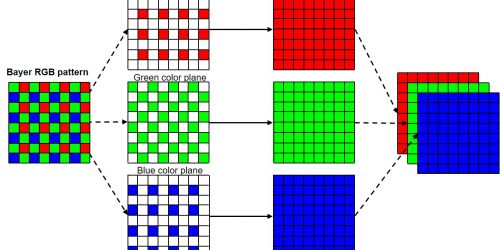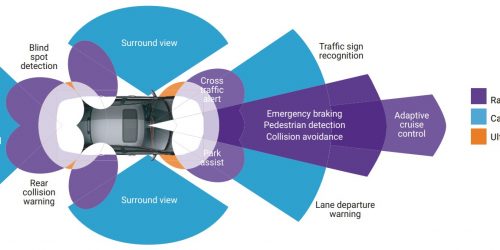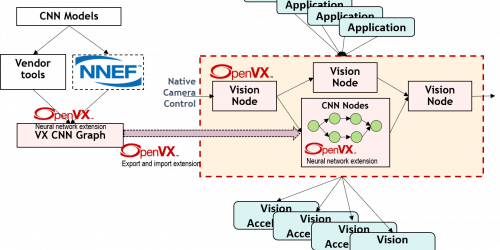ArcSoft and Cadence Partner to Develop AI and Vision Applications
Cadence Tensilica Vision P6 DSP improves performance for AI and vision applications SAN JOSE and FREMONT, Calif., July 12, 2018—Cadence Design Systems, Inc. (NASDAQ: CDNS) and ArcSoft, the global leader in imaging intelligence technology, today announced they have partnered to develop AI and vision applications for Cadence® Tensilica® Vision DSPs. ArcSoft has collaborated with Cadence […]
ArcSoft and Cadence Partner to Develop AI and Vision Applications Read More +








